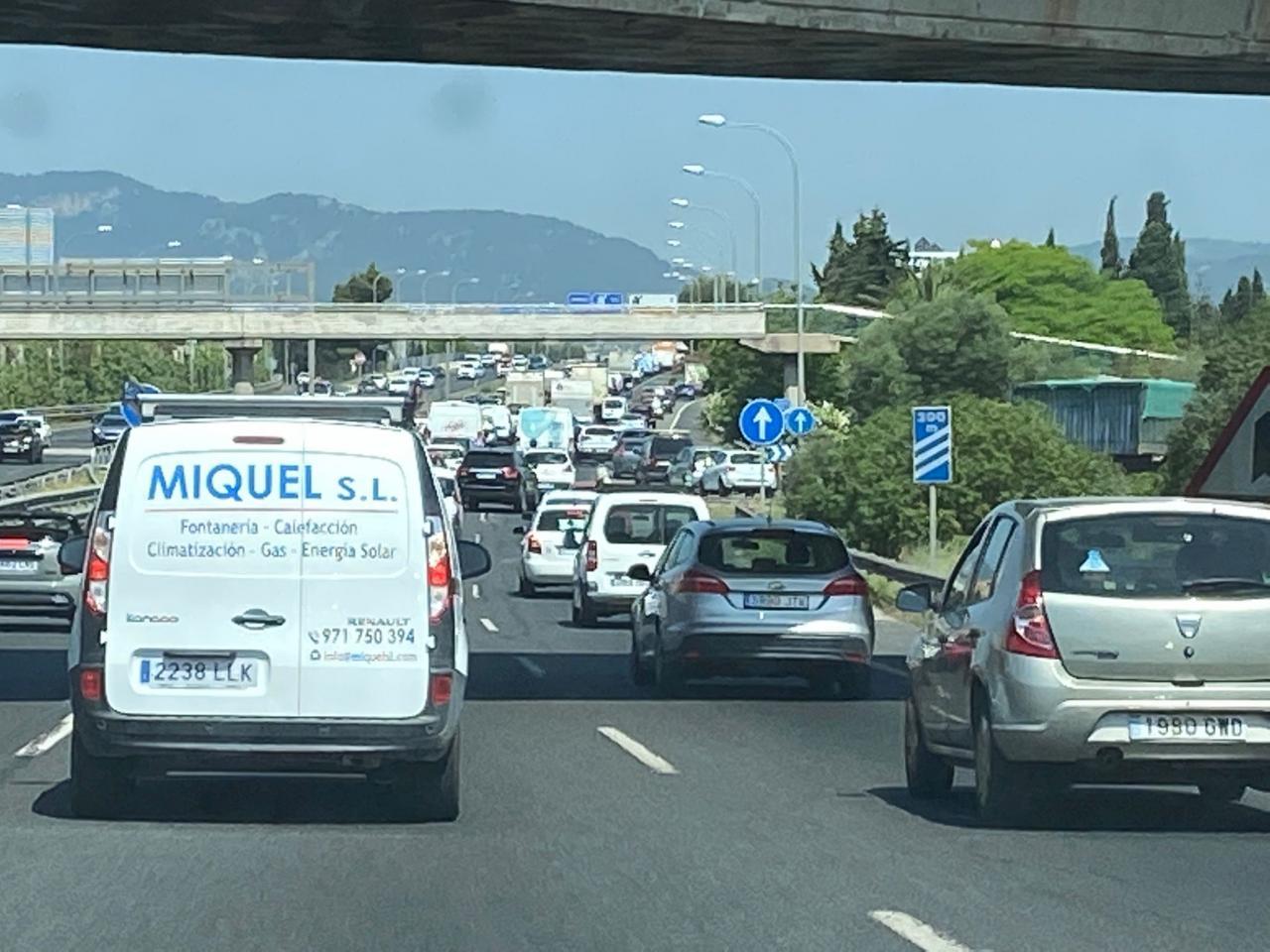Via Cintura accident rate cut by almost 30%
Decibel level has also been reduced
Since the speed limit on the Via Cintura in Palma was cut from 120 km/h to 80, the accident rate has fallen by 28%. Figures from the traffic directorate indicate that between February 1 (which was when the new speed limit came into effect) and July 31, there were eighteen accidents "with victims". These compare with 25 over the same six-month period of 2020 - for much of those six months there was reduced traffic. The comparisons with 2018 and 2019 reveal a more significant decrease, as there were respectively 67 and 65 accidents of this type.
Poll
Voting is closed
585 votes
Also in News
- As Spain says adios to Golden Visa, Portugal says come on down!
- Here comes the sun - Mallorca weather forecast for Easter
- Mallorca holiday paradise vanishing for some German tourists
- Tens of thousands of Mallorca-bound British tourists facing long air delays this summer, airline boss warns
- Truck gets stuck in Mallorca village


12 comments
To be able to write a comment, you have to be registered and logged in
Now your enter the Via Cintura much easier than before. I had preferred max speed to 90 Km/h, but 80 is the speed in the city. If it's good for the environment, noise, pollution, etc. it's ok. Well done City Hall!
John Law is totally correct. Unfortunately dashcams illegal here and therefore not admissible in court…if they changed that rule, you’d see less accidents…
Less speed = Less accidents, Less fuel used, Less Noise for those living nearby, Well done Mallorca.
Statistics can prove black is white, but the accidents on the roads here are caused more by driving too close together, at whatever speed......
Driving at speeds less than 120km is going to save lives no matter which way you look at it.
Feels so much safer too. Great decision to reduce the limit and hope its stays so
Hey Iván, if we reducd the speed to 40km/hr there will be even less accidents. I am not against some form of speed reduction, as the original 120km/hr was just a bit silly too. But 80....., Why not 90, like all the other main roads on Mallorca. I.e., I have to drive 80 on the Via Cintura, but can do 90 on the Carretera de Soller or Valldemosa, to name two. Let's hope Iván gets kicked out after PP and Vox win the next elections and someone with a brain makes a sensible decision to make the speed limit 90 or 100.
Well the speed limit dropped by 33% so you've got that much less traffic on the road. The no. of accidents dropped by only 28% so according to the amount of traffic on the roads there's a higher ratio of accidents?
Of course there will be less accidents, for a few hours each day it is just a car park. Emergency services can get to victims quicker , in non stop traffic jams, stop kidding us…. It is a disaster, politicians admit it ….
Of course there will be less accidents, for a few hours each day it is just a car park. Emergency services can get to victims quicker , in non stop traffic jams, stop kidding us…. It is a disaster, politicians admit it ….